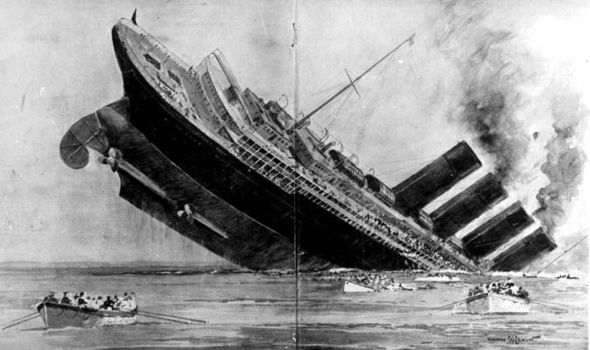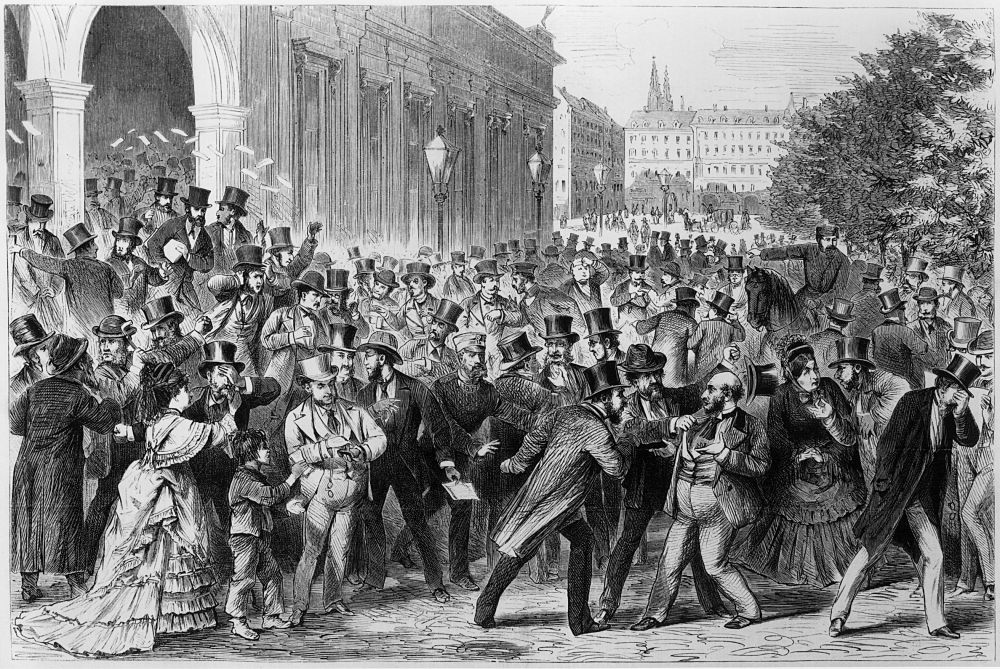BarnBuster
Virtually Unknown Member
"SCRATCH ONE FLAT-TOP"

In this powerful image, the Japanese light carrier Shoho is under attack by Douglas TBD-1 Devastator torpedo bombers from the American aircraft carrier USS Lexington on 7 May 1942. Shoho was sunk. The painting depicts the TBD flown by Lt R.F. Farrington, T.R. Wiebe,and Walter N. Nelson from Lexington

In this powerful image, the Japanese light carrier Shoho is under attack by Douglas TBD-1 Devastator torpedo bombers from the American aircraft carrier USS Lexington on 7 May 1942. Shoho was sunk. The painting depicts the TBD flown by Lt R.F. Farrington, T.R. Wiebe,and Walter N. Nelson from Lexington
May 3, 1942 – The first day of the first modern naval engagement in history, called the Battle of the Coral Sea, a Japanese invasion force succeeds in occupying Tulagi of the Solomon Islands in an expansion of Japan’s defensive perimeter. The United States, having broken Japan’s secret war code and forewarned of an impending invasion of Tulagi and Port Moresby, attempted to intercept the Japanese armada. Four days of battles between Japanese and American aircraft carriers resulted in 70 Japanese and 66 Americans warplanes destroyed. This confrontation, called the Battle of the Coral Sea, marked the first air-naval battle in history, as none of the carriers fired at each other, allowing the planes taking off from their decks to do the battling. Among the casualties was the American carrier Lexington; “the Blue Ghost” (so-called because it was not camouflaged like other carriers) suffered such extensive aerial damage that it had to be sunk by its own crew. Two hundred sixteen Lexington crewmen died as a result of the Japanese aerial bombardment. Although Japan would go on to occupy all of the Solomon Islands, its victory was a Pyrrhic one: The cost in experienced pilots and aircraft carriers was so great that Japan had to cancel its expedition to Port Moresby, Papua, as well as other South Pacific targets.
Four Medals of Honor were awarded at Coral Sea:
- Lieutenant John J. Powers (Yorktown, VB-5) for actions while attacking Shoho on 7 May at Tulagi, and on 8 May in while attacking Shokaku (killed in action)
- Lieutenant Milton E. Ricketts (Yorktown), engineering repair party, on 8 May (killed in action)
- Lieutenant William E. Hall (Lexington, VS-2) for his attack on Shoho on 7 May and interception of Japanese torpedo planes (too few available fighter aircraft forced the use of dive/scout bombers as low-level interceptors) on 8 May (survived)
- Chief Water Tender Oscar V. Peterson (Neosho) for his heroism in the ship's engineering spaces on 7 May (died of wounds)
http://usnhistory.navylive.dodlive....r-in-the-pacific-the-battle-of-the-coral-sea/
Last edited:












